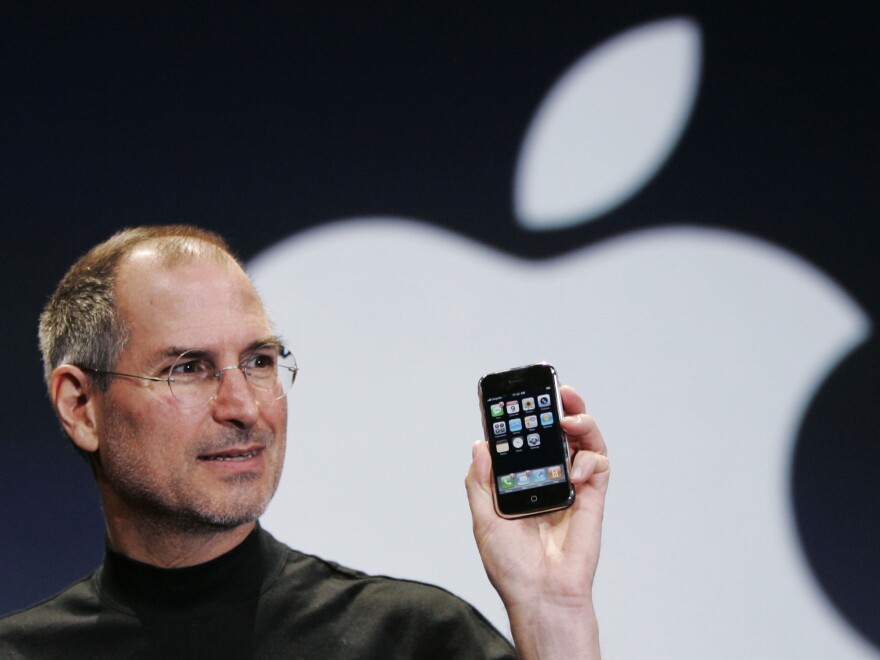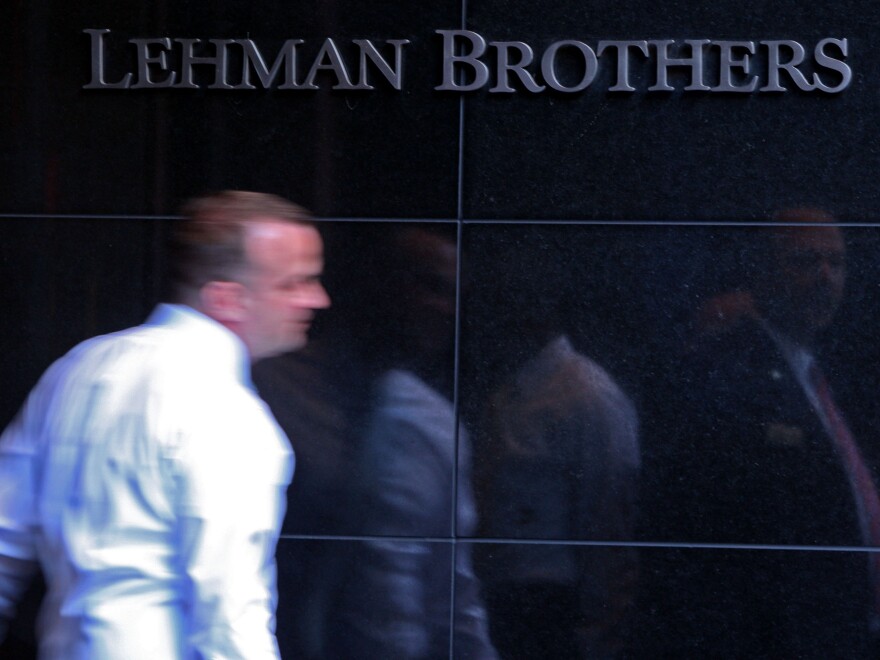Millennials, gather 'round. This is a tale you might find hard to believe, but it's true:
A long, long time ago, there was such a thing as an interest rate hike. Really!
Yes, back before mankind had Twitter or iPads or even iPhones, your parents used to worry about interest-rate increases. And they had much to fear: between June 2004 and June 2006, Federal Reserve policymakers raised the federal funds rate 17 consecutive times.
The Fed had its reasons. At the time, housing prices were inflating during the worst of a bubble, and oil prices were shooting up. So policymakers felt they had better slow down the market forces that were pushing housing and transportation costs too high. The goal was to tamp down inflation.
In June 2006, the Fed acted one last time — No. 17 — to raise the federal funds rate by a quarter point to 5.25 percent.
And that was the end of that.
Just how long have rates been falling or been held down? For perspective, remember that the last time rates rose, these things didn't even exist:



And just what did that 2006 rate hike accomplish? Well, it did help slow down the economy. As interest rates on adjustable-rate mortgages began ratcheting up, millions of Americans no longer could afford those overpriced homes they had purchased when the price bubble was inflating.
The housing bubble burst in 2007 as foreclosures started to shoot up. That caused the Fed to reverse itself and cut interest rates. Down and down went the cost of borrowing. Finally, by the time 2008 was ending, the Fed had pushed rates down to near zero, and then left them there as the economy struggled to regain momentum.
And that's the world you have known — a place where interest rates have been at historic lows. Now, nearly all economists are predicting that Fed policymakers will end their meeting on Wednesday by raising rates for the first time in nearly a decade.
And that, kids, is how a new era begins.
Copyright 2021 NPR. To see more, visit https://www.npr.org. 9(MDA1NTMzNDA4MDEyNzk4MTU2OTg2ZjAyZQ004))



